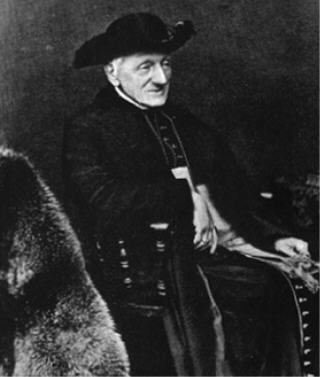|
The Structure of
Newman's Conversion(s): |
 |
| Chronological Organization
It is clear to most readers of Newman's Apologia that the work is organized in a fairly chronological fashion and that it spends the majority of time on those years that represent the height of his doubt and ideological conversation: |
|
|
Chapter I: to1833 Boyhood- (24 years apprx.) |
Chapter II: 1833 to 1839 Oxford Movement (6 years) |
Chapter III: 1839 to 1841 Loss of the Via Media (2 years) |
Chapter IV: 1841 to 1845 Section 1: Alternate Theories Section 2: Move to Certitude (4 years) |
Chapter V: Since 1845 Defense of Rationality of RCC Position (19 years) |
T
Question: Why do you think Newman organizes the focus of his chronological sequence in the way that he does? Why end each chapter with these moments or images? Poetic Organization Robert A. Colby has argued that Apologia has a heroic poetic structure which moves through several stages:
The five chapters take us through this pattern in Newman's life:
Question: What is Newman trying to achieve in our view of his ethos by showing us his move from early development into confidence through discovery and suffering to eventual tranquility? What kind of person do we see him as? What kind of story is his conversion? Logical Organization Colby also analyzes the Apologia as a an expression of Newman's epistemological ideas. Newman's is rational to hold what he holds because he achieves "an assemblage of concurring and converging probabilities." Thus, the chapters can be seen as positions toward the Roman Catholic claims:
Question: Is Newman seeking to convert us to his position? How would his organization suggest an answer to this question? |